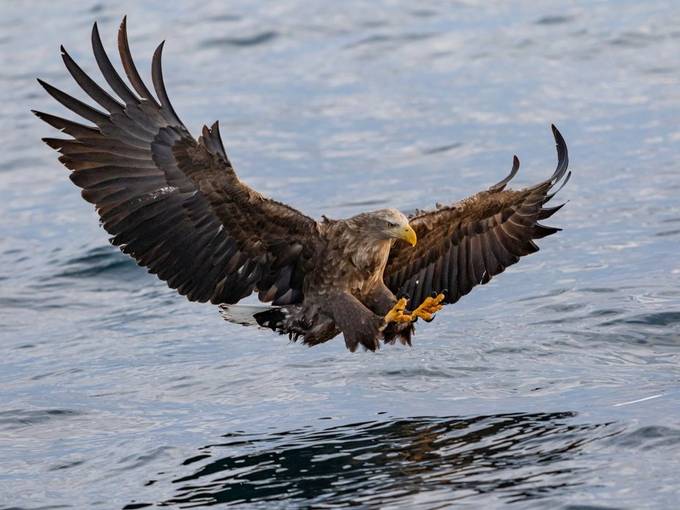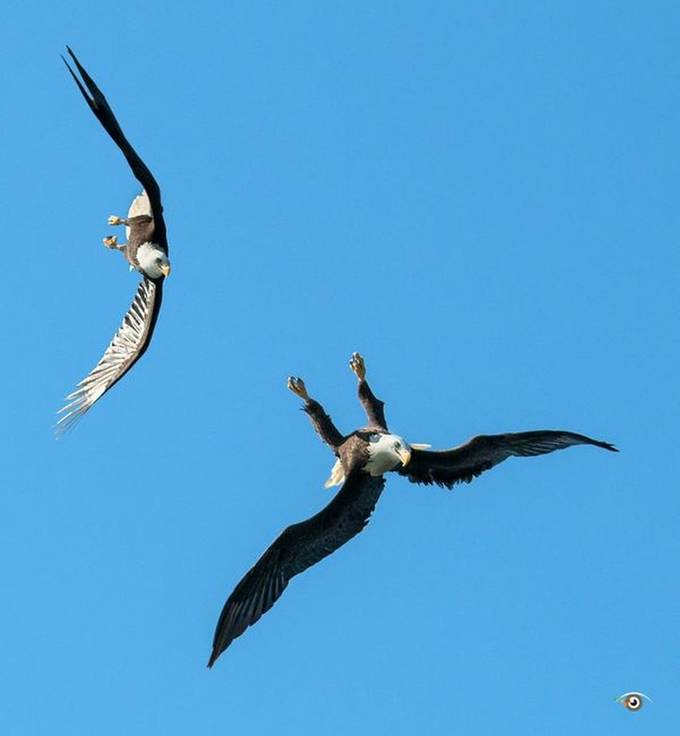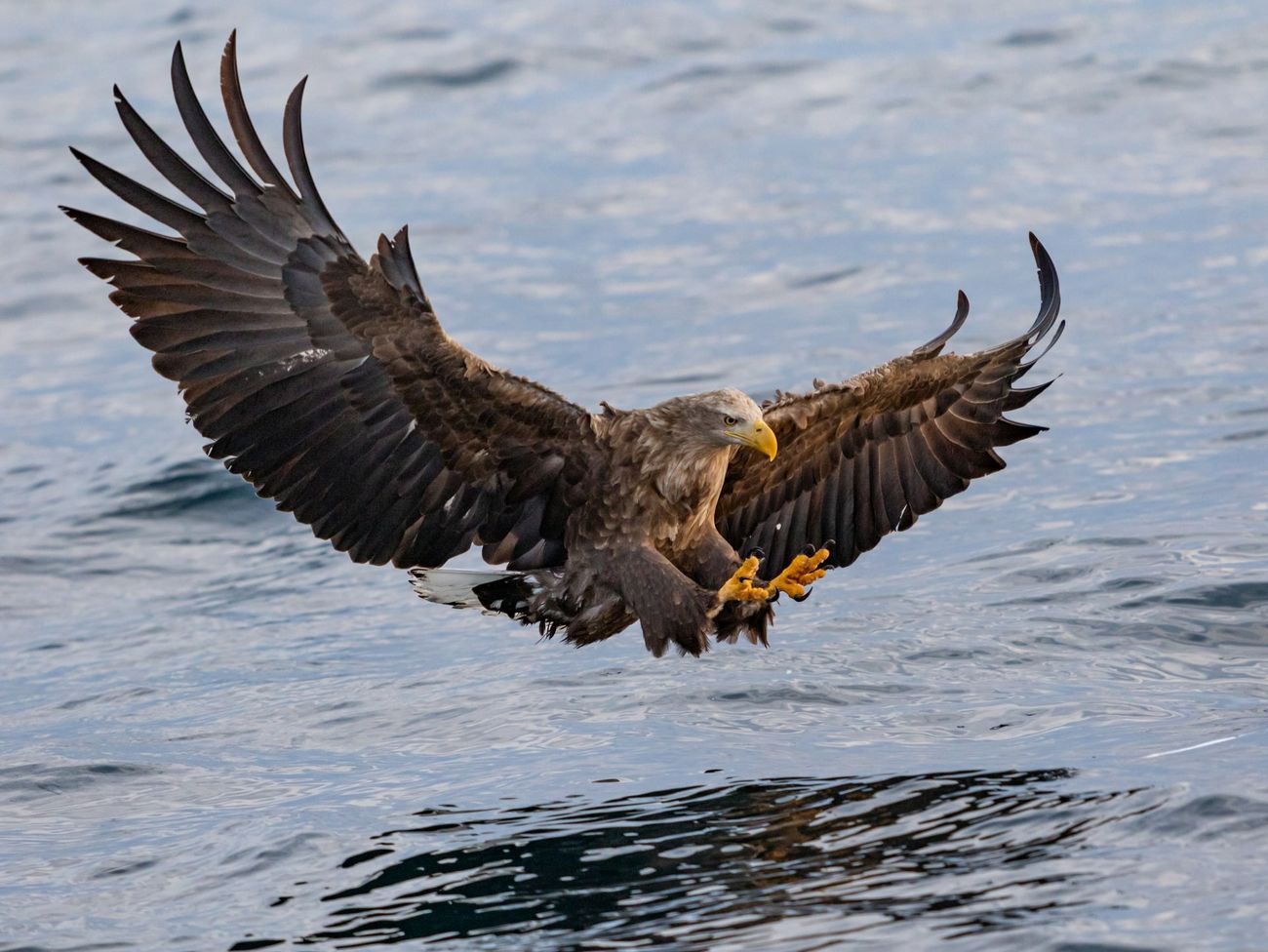First, thanks to all of the talented photographers who have entered my ViewBug Birds in Flight (BIF) photo contest.
For those of you who are new to BIF photographs, here are some quick tips! To illustrate the tips, I’ll use some of my favorite bald eagle photographs that I took in my Alaska photo workshops.

Canon Explorer of Light and award-winning photographer Rick Sammon loves his day job. A tireless, prolific, and inspirational image-maker, Rick, called by some “The Godfather of Photography,” is one of the most active photographers on the planet – dividing his time between creating images, leading photo workshops, and making personal appearances. Rick’s enthusiasm for digital imaging is contagious. He is a man on a mission – a mission to make digital photography fun, creative, exciting, and rewarding for others.
1) Stop Action.
Use a shutter speed of at least 1/1000th of a second to stop the action. To blur the tips of the bird’s wings, try shooting at a shutter speed of 1/800thor even 1/500th of a second. You need to experiment, based on the bird’s distance and speed, as well as on the lens you are using.

2) Leave Room.
When composing your photograph, leave room in the frame into which the bird can fly. As always, place the focus point on the bird, rather than letting the camera try to find the focus with multiple focus points.
3) See the Light.
Look for shadows and highlights, as well as color. Make sure the eyes are well lit and in sharp focus. Shoot at sunrise and sunset to get warm, pleasing colors in your photographs.

4) Expose for the Highlights.
Shoot with your Highlight Alert and Histogram activated. Make sure your highlights (the brightest part of the scene) are not overexposed. When the highlights (white tail feathers in this case) are overexposed by more than an f-stop, they cannot be rescued in Photoshop or Lightroom.
5) Look for Separation.
Try to get shots in which the birds are separated, that is, shots that show space between the birds. You need some luck to get this type of shot, but shooting at your camera’s fastest frame rate can increase your chances of getting a lucky shot!

6) Use Focus Tracking.
Set your camera’s focus model to Focus Tracking (AI Servo in Canon cameras). Focus tracking tracks a fast-moving subject right up to the moment of exposure, so you have a good chance of getting a sharp shot. Speaking of sharp shots, use the IS (Image Stabilization) feature of your camera/lens or use a tripod to steady your camera. Many bird photographers use tripods when photographing birds with long lenses. My longest lens is a Canon 400mm DO lens. All the shots in this post are hand-held.
7) Process Selectively.
When processing your images, think selectively. Sharpen only the bird, for example. When you process selectively, you are thinking and working like a painter.

Want to learn more about photographing birds, check out Rick’s latest online class/seminar: Master the Art and Craft of Bird Photography


